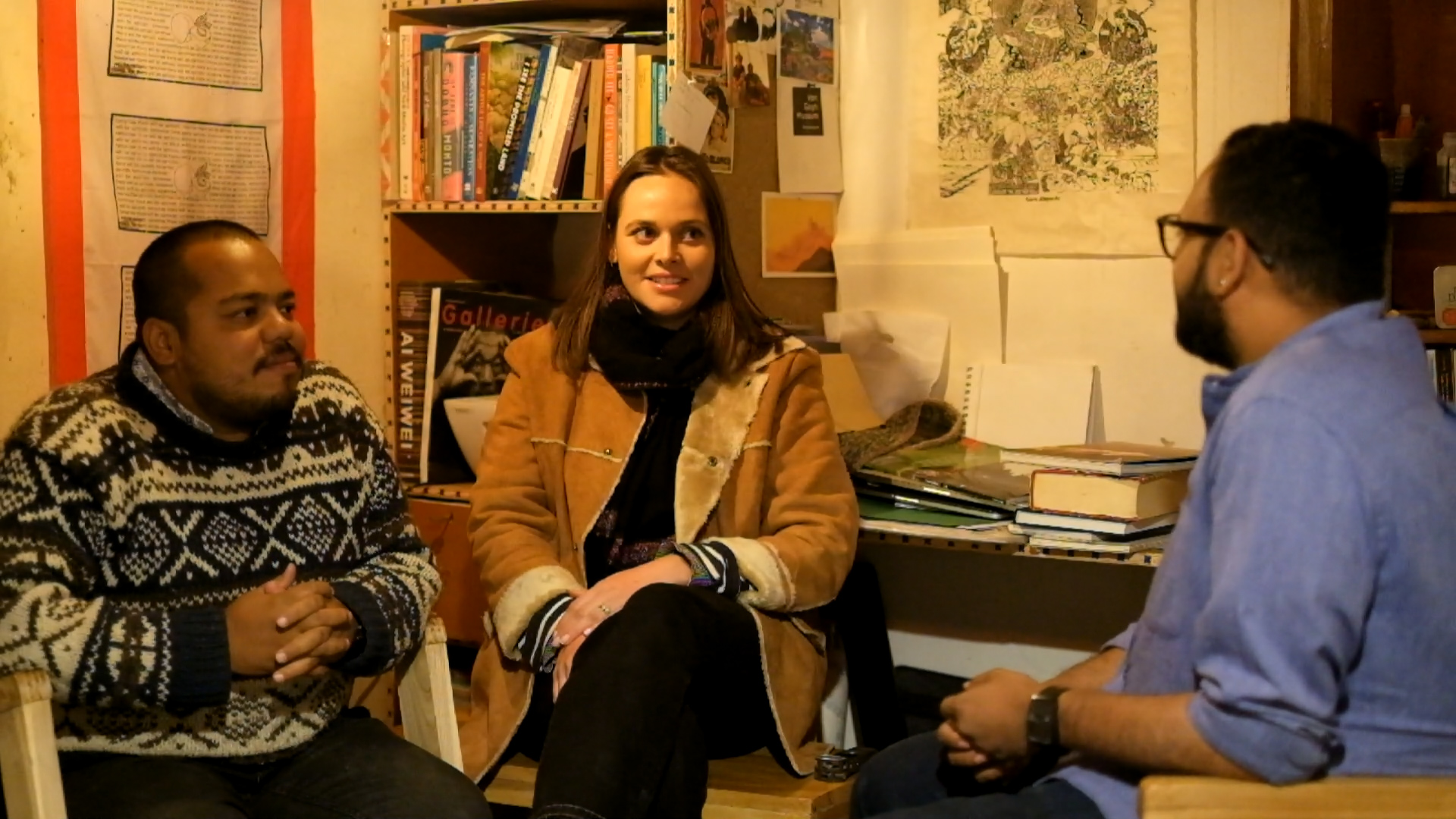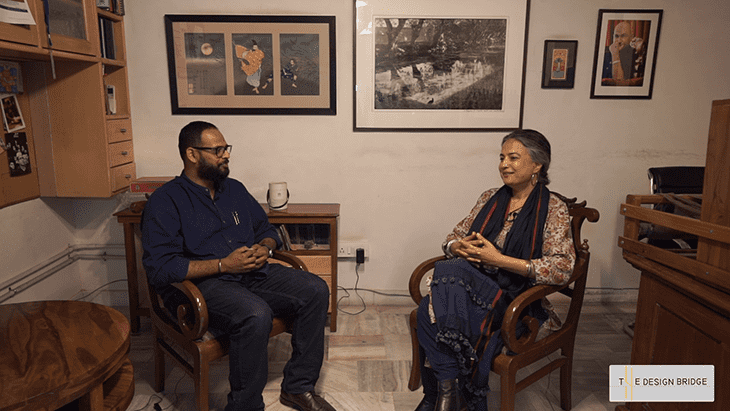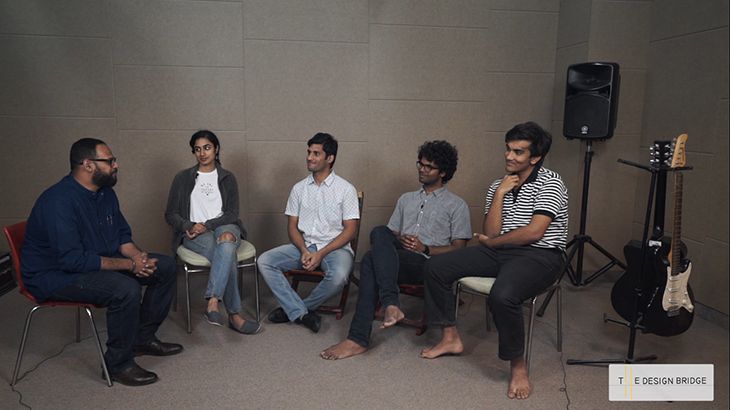
Anagram Architects

The firm promotes an experiential reconnect with ecology through extensive research into mainstream and alternative building practices.

Project details
- Type: Residential
- Location: New Delhi, India
- Site Area: 3512 sq. ft.
- Built up Area: 14425 sq. ft.
- Timeline: November 2015 - October 2018

Client's Brief
The design proposal revolved around the desire of the client to have a unique yet convivial home which promotes an introverted environment for their family.

Architect's Intake
The shared vision with the client was to reinvent the intrinsic nature of outdoor space and relish the transition of the outdoor and indoor spaces. Something which is profoundly missing in typical row house situations.
Stilt Floor Plan
 Basement Floor Plan
Basement Floor Plan

Ground Floor Plan

First Floor Plan

Second Floor Plan

Third Floor Plan


The design resonates angular formations of spaces while the tapering structural members hold the central courtyard to the flanking floor slabs. The deep void carved out, bridged at the front and rear on the upper levels, creates a meandering, naturally ventilated and social courtyard at the heart of the residence, pulling in views and balconies from all the rooms of the house. It draws ample light, softened by white and wood surface renders and the rooftop glazing, deep into the basement.


Faceted and insulated stone facades protect the house from the lack of privacy to the front, and similarly, the service areas, en suites, and closets are planned at the rear to mitigate southern heat gain.

The design form required efficient space planning with respect to the angular geometry and tapering vertical surfaces. The lateral structural supporting the floor slabs was envisioned as the starring element of the central open space. The diamond-like form corresponds to the shape of openings and gives the faceted interiors a new persona with the exposed concrete vertical projection. The split structural systems are tied together via various irregular bridges which also compensate for the excess compression in the structural system. Additionally, a metal lattice ties the roof together while supporting a walkable glass skylight.

The lack of view on the front and rear promoted the progression of the reinvented open space as a central core pivotal to the organization of the various functions of the house.


The cross-ventilation of the atrium, controlled by operating windows on the bridges, can be enhanced through thermal stacking in the summer months aided by an evaporative cooling for humidification and through a wind tunnel effect during the monsoons. The mutual respect and shared emotion towards creating something intellectually found made the process interesting and led to a genuine fondness.


The client's encouragement towards the development of the breached monolith and an acute sensibility towards materiality and quality of spaces enriched the outlook of the design and gave the opportunity to manipulate the spaces in angular and tapering fashion.



The atrium enjoys bridges linking various spaces and a sculptural staircase influencing the visual stimuli aiding to the lifestyle demands of the client.



Intended to echo the central courtyard of traditional Indian homes, the atrium forms the heart of Cleft House, and connects all the communal spaces.

Master bedroom with large openings for light and ventilation
 Overlapping open spaces with tapering monoliths
Overlapping open spaces with tapering monoliths


The outdoor spaces in typical row houses are mainly restricted to the front or rear balconies and shafts with surface rendered composition of openings on the facades but the Anagram Architects has overcome this restriction with the 'Cleft House'.








